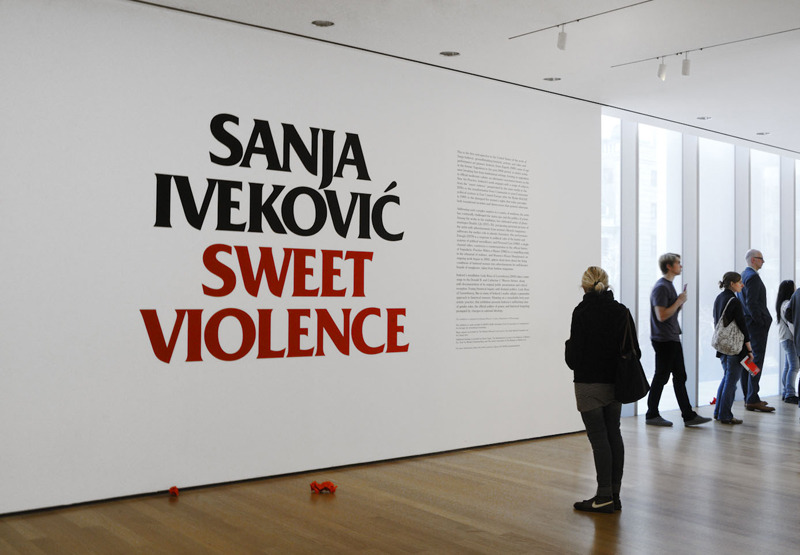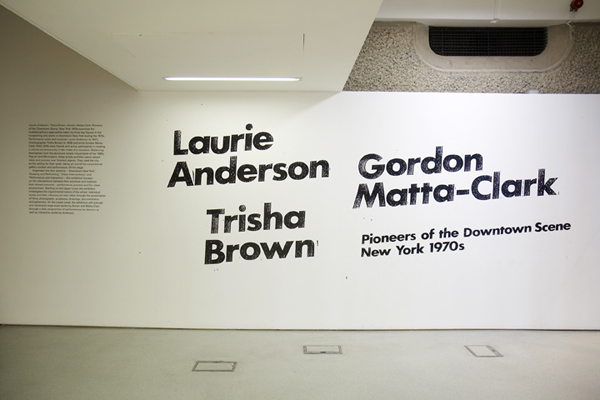ASSIGNMENT 06a
Exhibition Identity & Publication
Visit a museum or gallery. Take a walk around and find something that gets you excited. Note the artist, and try to find as many pieces in the location by that person. You’ll be designing a solo exhibition for this artist. You’re the designer & curator. You decide what the show is called, what pieces are in the exhibition, and what the identity and supplemental materials look like.
Week I—11.12.19
Research Presentation
Visit the Museum/Gallery. Show your research in the form of presentation slides. Tell us about who your artist is, what you like about their work or what you find interesting about them as a person.
This is not a book report. This is a documentation of your experience. Design it, make it entertaining for us. It should not be dry or boring. It should be insightful and personal. If you’re having trouble analyzing the work use this as a guide. Your presentation must answer the following questions, at least one slide per question—
1Who are they?
2What is their background?
3Where did they come from/what’s their story?
4What context was the work shown?
5At least 10 slides of their work
6A deep analysis of three pieces (guide)
7What themes are present in their work?
8What drew you to what they’ve made?
9How does it make you feel?
Identity Sketches
Next, begin to design your exhibition identity system. Establish 5 adjectives that characterize the meaning, tone, and primary aesthetic qualities of your artist’s work. Address some formal and conceptual routes you are considering with sketches and typeface choices.
5adjectives that characterize your artists work
3potential titles for your exhibition
1lockup/type pairing for each title

Background
It’s not required, but I highly recommend visiting Dia:Beacon. It’s an 80 minute train ride outside the city. Either go with a friend, or even better, alone. Their permanent collection of 60’s to now modern art is incredible, and there are plenty of artists you can explore for this project. DIA’s galleries are specifically designed for the presentation of one artists work, so you’ll see more than one of their pieces in person. Plus, photography is allowed so it’s an easy way to gather content and own the photos you’re using in the project (just dont bring a tripod).
Dia:Beacon Hours
November–December
Thursday–Monday, 11am–4pm
Closed Tuesdays & Wednesdays year-round
Take the Metro North at Grand Central Terminal, which costs $36.50. If you get a package with your Metro North ticket admission into the museum is only $6. But the museum is amazing! and the town is nice! Especially if you’ve never visited upstate before! Seriously, really try to get there, it will be worth it. Give yourself as much time as possible.
More Tips
If possible, photograph the work. You will need either your own photographs or images you find through your research for this project. Also photograph the work within the space. Take wide shots with blank wall space and some of the artwork in context (if applicable). This will give you the opportunity to see what your exhibition graphics would look like in a gallery living next to the artwork it’s introducing.
It might make sense to choose an artist who’s established and has produced a larger body of work. This will make your research phase much easier. If there is already professional photography of the work in question it will make gathering content for your publication easier.





